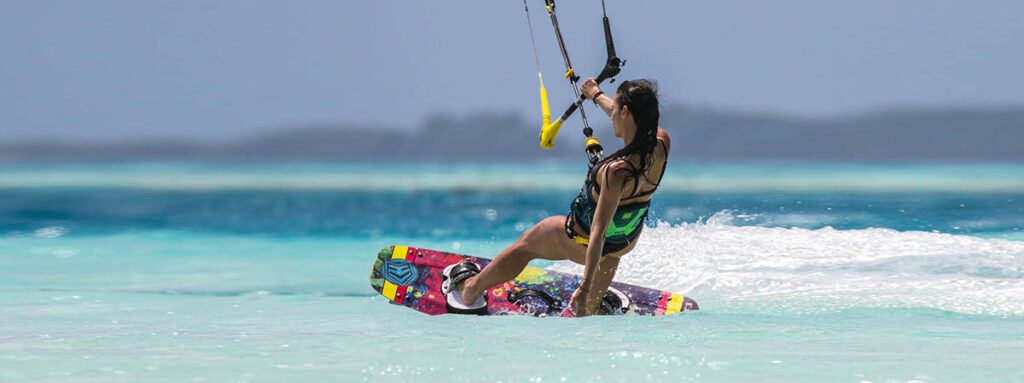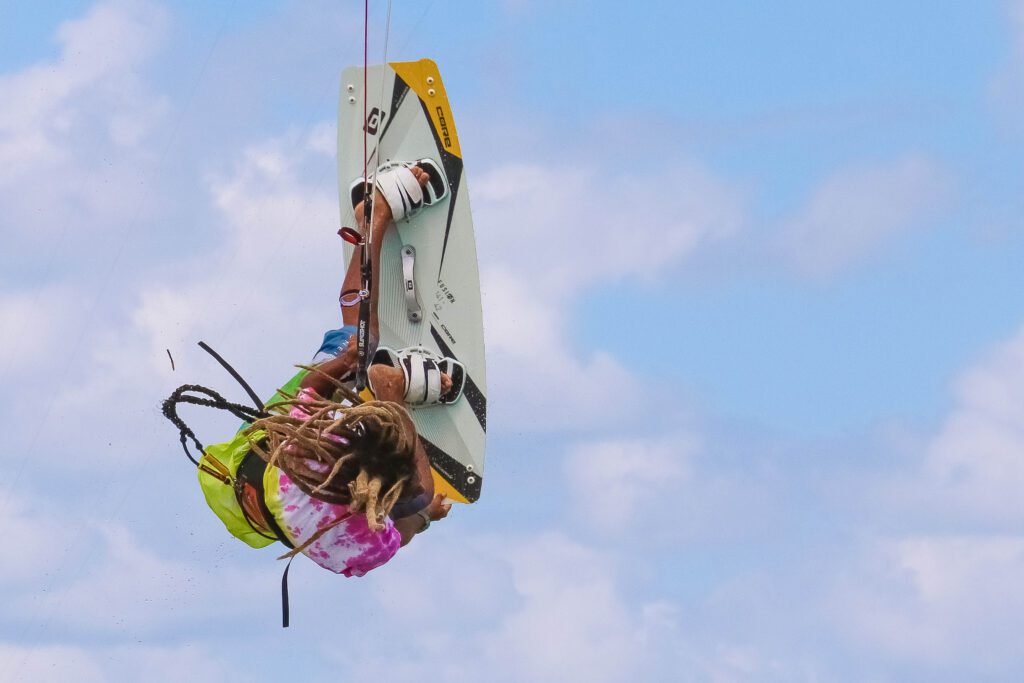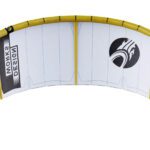
Article Outline.
Introduction.
Kitesurfing Basics.
Kitesurfing Travel Tips.
Best Kitesurfing Destinations.
Packing Essentials.
Weather Considerations.
Safety Precautions.
Travel Insurance.
Planning Your Kitesurfing Trip.
Budgeting and Booking.
Transportation and Accommodation.
Local Regulations and Permits.
Language and Cultural Considerations.
Tips for a Successful Kitesurfing Trip.
Skill Level and Progression.
Equipment Maintenance.
Finding Local Kitesurfing Communities.
Embracing the Local Experience.
Conclusion.
FAQs.
Article.
Kitesurfing Travel Tips and Precautions.
Kitesurfing is an exhilarating water sport that combines the thrill of surfing with the excitement of flying a kite. It’s a popular activity for adventure seekers and water sports enthusiasts, and kitesurfers often travel to different destinations to experience the best kitesurfing spots worldwide. If you’re planning a kitesurfing trip, you must be well-prepared and take certain precautions to ensure a safe and enjoyable experience. This article will provide essential kitesurfing travel tips and precautions to help you make the most out of your trip.
Introduction.
Kitesurfing, also known as kiteboarding, is a dynamic and fast-paced water sport that involves riding a board while being pulled by a kite. It requires skill, strength, and knowledge of wind and weather conditions. Kitesurfers often travel to different destinations for their sport’s perfect wind and wave conditions. However, kitesurfing travel requires careful planning and preparation to ensure a successful and safe trip.
Kitesurfing Basics.
Before embarking on a kitesurfing trip, it’s essential to have a solid understanding of the basics of kitesurfing. This includes knowing how to control the kite, riding the board, and understanding wind and weather patterns. Having the necessary skills and experience to handle different water conditions and emergencies is also essential. Taking kitesurfing lessons from a certified instructor and practicing in safe environments can significantly enhance your kitesurfing skills and confidence.
Kitesurfing Travel Tips.
When planning a kitesurfing trip, there are several essential tips and precautions to keep in mind to ensure a smooth and enjoyable experience.
Best Kitesurfing Destinations.
Research and choose your kitesurfing destination wisely. Look for places with consistent wind and wave conditions suitable for your skill level. Popular kitesurfing destinations include Tarifa in Spain, Maui in Hawaii, and Zanzibar in Tanzania. Check for local regulations, permits, and restrictions before planning your trip, and be aware of any potential hazards, such as reefs, rocks, or dangerous currents.
Packing Essentials.
Pack all the necessary gear for your kitesurfing trip, including your kite, board, harness, wetsuit, sunscreen, first aid kit, and any other personal items you may need. Ensure your gear is in good condition and adequately packed to avoid damage during transit. You are packing extra clothes, toiletries, and essential documents such as your passport and travel insurance.
Weather Considerations.
Weather plays a crucial role in kitesurfing, as wind and wave conditions can significantly affect your experience. Check the weather forecast for your destination regularly, and be prepared to adjust your plans accordingly. Avoid kitesurfing in extreme weather conditions, such as thunderstorms or hurricanes, and always prioritize safety over thrill.
Safety Precautions.
Safety should be your top priority when kitesurfing, especially when traveling to unfamiliar locations. Follow all local kitesurfing regulations and guidelines, and be aware of any specific safety precautions or hazards at your destination. Always wear a leash to keep your kite attached, use appropriate safety gear such as a helmet and impact vest, and never kitesurf alone. It’s also essential to have basic knowledge of self-rescue techniques and be prepared for emergencies.
Travel Insurance.
Having travel insurance that covers kitesurfing is crucial for any kitesurfing trip. Make sure your insurance policy includes coverage for any potential accidents, injuries, or equipment damage that may occur during your trip. Read the policy carefully, understand the scope and exclusions before your trip, and carry a copy of your insurance documents.
Planning Your Kitesurfing Trip. Proper planning is key to a successful kitesurfing trip. Consider the following factors when planning your trip:

Budgeting and Booking.
Plan your budget carefully, including expenses such as flights, accommodation, transportation, meals, and equipment rental or purchase. Research and compare prices for flights and accommodation, and book in advance to get the best deals. Consider staying in kite-friendly accommodations or campsites close to the kitesurfing spots to save on transportation costs.
Transportation and Accommodation.
Decide on the most convenient mode of transportation to your destination, such as flights, ferries, or trains, and plan your vehicle within the destination, such as rental cars or local buses. Research and book accommodation that suits your preferences and budget, whether a hotel, guesthouse, or campsite. Ensure the accommodation is close to the kitesurfing spots and has facilities for storing and rinsing your gear.
Local Regulations and Permits.
Research and understand the local kitesurfing regulations and permits at your destination. Some places may require permits or licenses to kitesurf or have specific rules and restrictions. Follow the local regulations and respect the environment, other beach users, and local culture.
Language and Cultural Considerations.
If you’re traveling to a foreign country for kitesurfing, familiarize yourself with the local language and culture. Learn some basic local phrases to communicate with locals and show respect for their culture. Know any cultural norms, customs, or etiquette related to kitesurfing or beach activities, and follow them accordingly.
Tips for a Successful Kitesurfing Trip
To make the most out of your kitesurfing trip, consider the following tips:
Skill Level and Progression.
Be honest about your skill level and choose kitesurfing spots that suit your experience. Stay within your limits and progress at your own pace. Take lessons or seek advice from local instructors to improve your skills and technique, and practice in safe conditions.
Equipment Maintenance.
Proper maintenance is essential for a successful kitesurfing trip. Inspect your gear regularly for signs of wear and tear, and replace or repair damaged parts. After each session, wash your equipment with fresh water to remove salt and sand, and store it properly to prevent damage.
Local Tips and Insights.
Seek local tips and insights from experienced kitesurfers or instructors at your destination. They can provide valuable information about the best kitesurfing spots, wind and weather conditions, local hazards, and insider tips for a safe and enjoyable experience.
Respect for the Environment and Locals.
Respect the environment and local communities when kitesurfing. Avoid littering or polluting the beach or water, and follow environmental or conservation rules. Respect the locals and their culture, and be considerate of other beach users. Leave the beach and water cleaner than you found, and be a responsible kitesurfer.
Have a Backup Plan.
Be prepared for changes in weather or unforeseen circumstances. Have a backup plan if the wind or weather conditions are unsuitable for kitesurfing. Research alternative activities or attractions in the area, and be flexible with your itinerary. Remember that safety should always come first, and it’s better to have a backup plan than to take unnecessary risks.
Conclusion.
Kitesurfing travel can be an exciting and rewarding adventure, but it requires careful planning, preparation, and adherence to safety precautions. You can have a successful and enjoyable kitesurfing trip by considering the factors outlined in this article, such as destination research, gear preparation, safety precautions, trip planning, and local tips. Remember always to prioritize safety, respect the environment and locals, and have a backup plan in case of unforeseen circumstances. Happy kitesurfing!
FAQs.
- Is kitesurfing suitable for beginners?
Kitesurfing can be challenging for beginners and requires proper instruction and practice. It’s essential to start with lessons from a qualified instructor and choose suitable kitesurfing spots for beginners.
- Can I rent kitesurfing equipment at my destination?
Many kitesurfing destinations offer equipment rental options. However, it’s essential to check the condition and quality of the rental gear and ensure it meets safety standards.
- Do I need travel insurance for kitesurfing travel?
Yes, travel insurance covering kitesurfing is crucial for any kitesurfing trip. It protects you in case of accidents, injuries, or equipment damage during your trip.
- How can I find the best kitesurfing spots at my destination?
Researching and seeking local tips from experienced kitesurfers or instructors is the best way to find the best kitesurfing spots at your destination. They can provide valuable insights about wind and weather conditions, local hazards, and insider tips.
- What are some essential items to pack for a kitesurfing trip?
Some essential items to pack for a kitesurfing trip include your gear, appropriate clothing, sunscreen, sunglasses, personal items, and travel insurance.
Author
Latest entries
 WatersportsSeptember 16, 2024Cabrinha Moto X: Enjoy the Ride
WatersportsSeptember 16, 2024Cabrinha Moto X: Enjoy the Ride WatersportsMay 19, 2024Cabrinha 2024 Moto XL Review: The Ultimate Lightwind Kite
WatersportsMay 19, 2024Cabrinha 2024 Moto XL Review: The Ultimate Lightwind Kite WatersportsDecember 16, 2023Kiteboarding Travel
WatersportsDecember 16, 2023Kiteboarding Travel WatersportsDecember 14, 2023RED BULL KING OF THE AIR 2023
WatersportsDecember 14, 2023RED BULL KING OF THE AIR 2023




